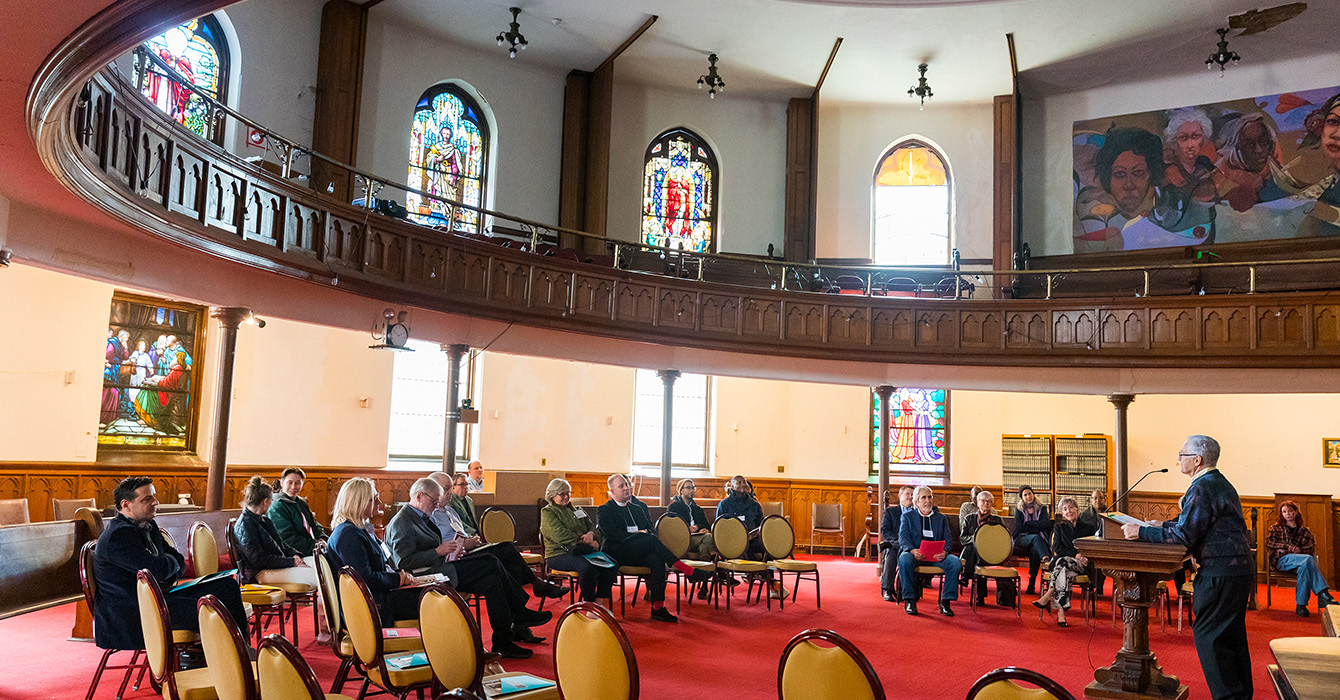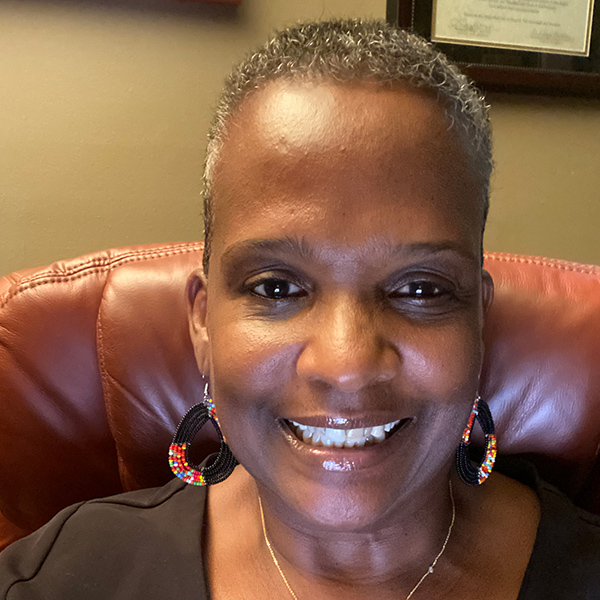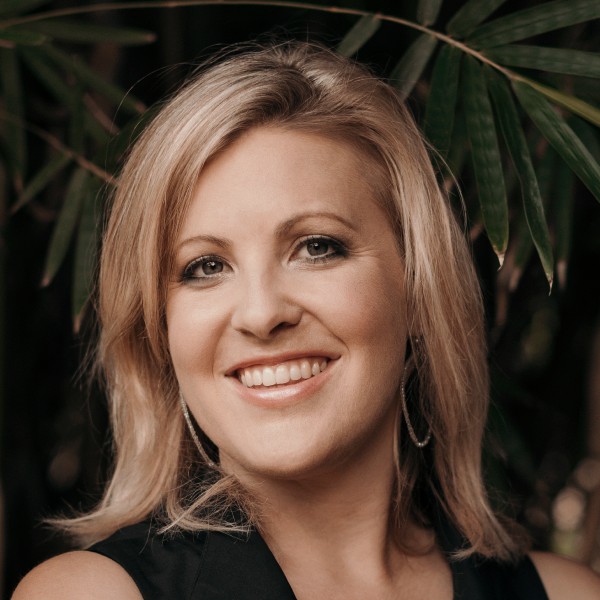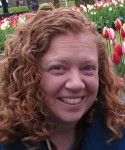The time had come for silent prayer and reflection during worship service at Calvary United Methodist Church in west Philadelphia. The serenity that flowed through the small congregation and the sanctity of the stately chapel fused in a way that was palpable. Surely, the Holy Spirit was welcomed in the place.
“It’s not like God is Santa Claus,” said the Rev. Tim Emmett-Rardin as he directed the congregation how to pray. “It’s about being honest and giving it to God and trusting that God is your ever-trusted companion and that healing will come in some form, in some way.”
For years, members have prayed for healing, not only for themselves, but for the building itself.
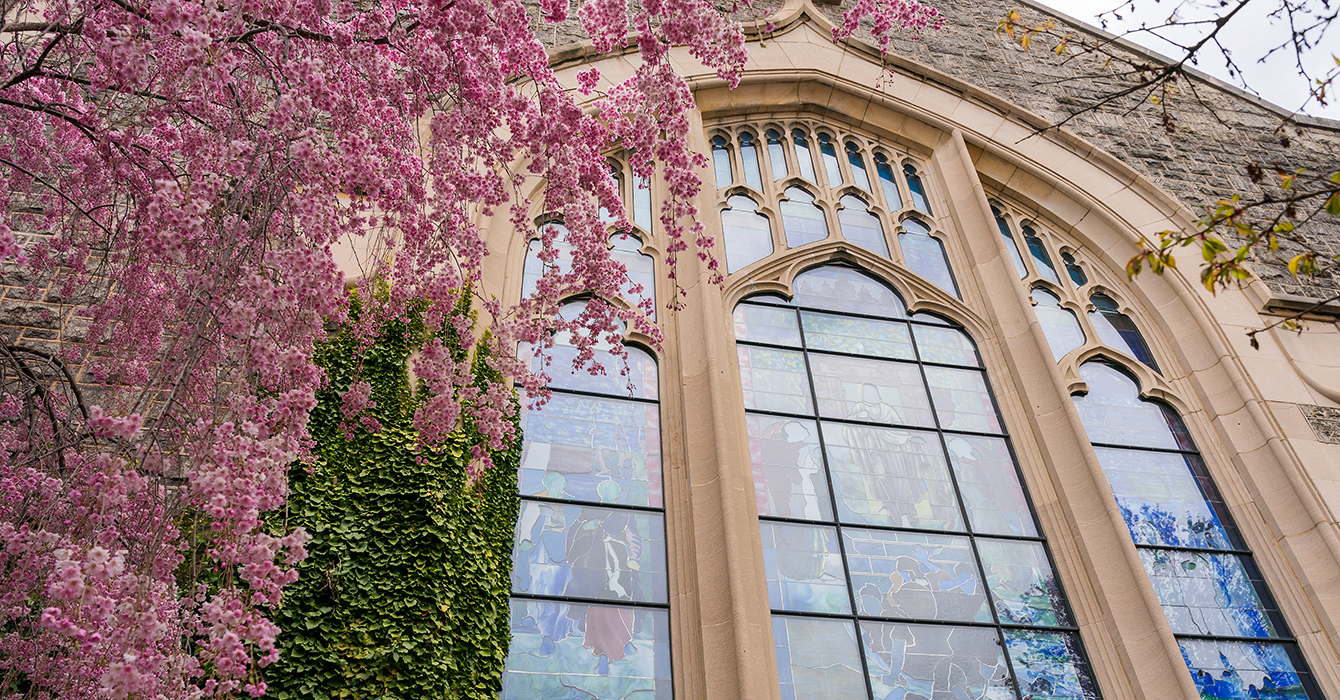
When prayer ended and bowed heads glanced to the heavens for assurance, there it was, a threatening reminder: bits of peeling plaster, missing stained-glass panels, and a 300-seat chapel — holding only 20 worshippers — that looked a bit weary and in need of a paint job.
The 117-year-old historically and architecturally significant building has been home to the United Methodist congregation and a number of nonprofit organizations since the Calvary Center for Culture and Community was formed in 2000 to restore and redevelop the building to serve the community.
“Physically, we’ve seen all kinds of damage, but those of us who have been around long enough know that the community will rally around this building,” said Paul Kuhn, the artistic director of Curio Theatre Company, the first nonprofit to rent space at Calvary. “We see the lifeblood coming back.”
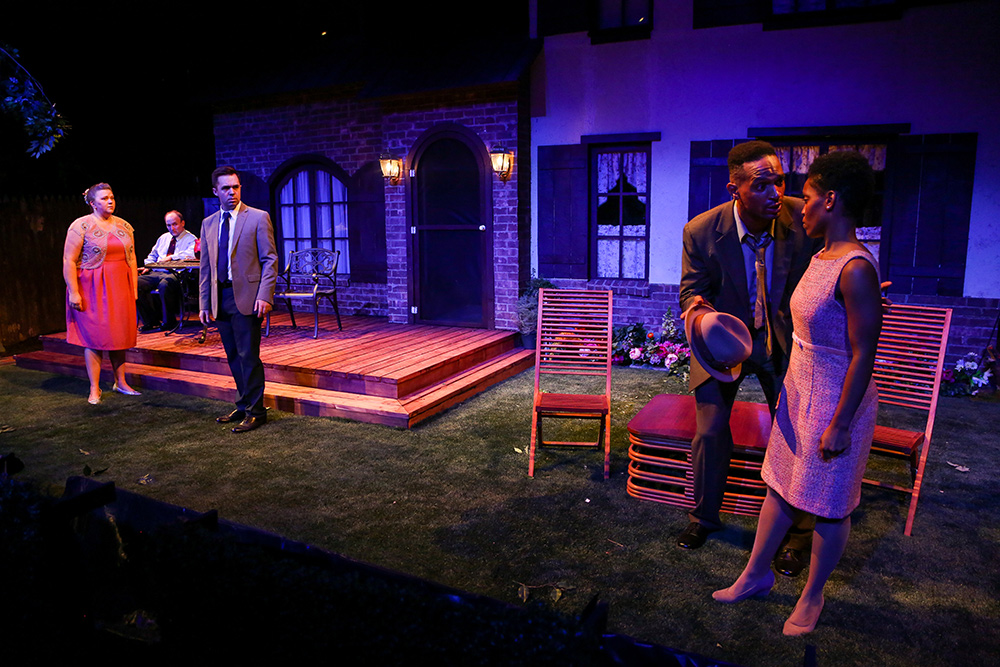
But there’s also an unmistakable sense of urgency. For the congregation, years of trying to exist under the crushing burden of the deferred maintenance costs has prevented members from doing what they need to do to be a vibrant congregation and community partner.
The biggest gift, Emmett-Rardin said, would be “to get out from under the weight of the building so we can build a presence and an identity.
“We all deserve abundance,” the pastor said. “We want to live in that abundance. Survival mode is not a good place to be, physically or spiritually.”
More than two decades of resilience
Calvary Church is representative of hundreds of historic churches across the country that have fallen victim to disrepair and dwindling congregations. Nationally, 70% of sacred places were constructed before 1975, and an average of 26% of congregational budgets are spent on building maintenance, according to Partners for Sacred Places.
In Philadelphia alone, of the city’s 839 historic houses of worship, 83% were still being used for religious purposes, 10% had been repurposed for other uses, 5% were vacant, and 23 had been demolished, according to a Pew Charitable Trust study released in 2017.
Unlike many churches that have been sold off to condo-minded developers or have been torn down entirely, Calvary has seen an important part of its long story as one of resilience and of what can happen when a community pulls together.
Yet now, after ongoing deterioration and difficult circumstances, including the pandemic, the community and the Calvary Center are working to pull together again.
“We’re in crisis enough that everybody is working together in a way that’s focused, as opposed to running around in circles,” said Linda Helm Krapf, the center’s interim executive director.
“It’s become a wonderful community center, but it’s always been the issue with the decrepit building,” said Rich Kirk, recently retired board president of the center. Kirk’s visionary work brought the building back from the brink of closure in the 1990s and led to the creation of the Calvary Center for Culture and Community.
What does physical and spiritual abundance mean in your context?
“We’ve never been able to catch up,” Kirk said. “The church is huge and old, with old technology and old materials and old systems.
“We’ve raised well over $3 million since 2000, but it’s just not enough.”
From the outside, Calvary is a glorious edifice. Built in the Gothic style, the church takes up three square blocks in the Cedar Park neighborhood. Its most magnificent features are a pair of 26-foot-tall stained-glass windows, signed by artist Louis Comfort Tiffany.
The stained glass has been, to use biblical parlance, a blessing and a curse.
What aspects of your organization are a blessing and a curse? How could you cultivate the blessing?
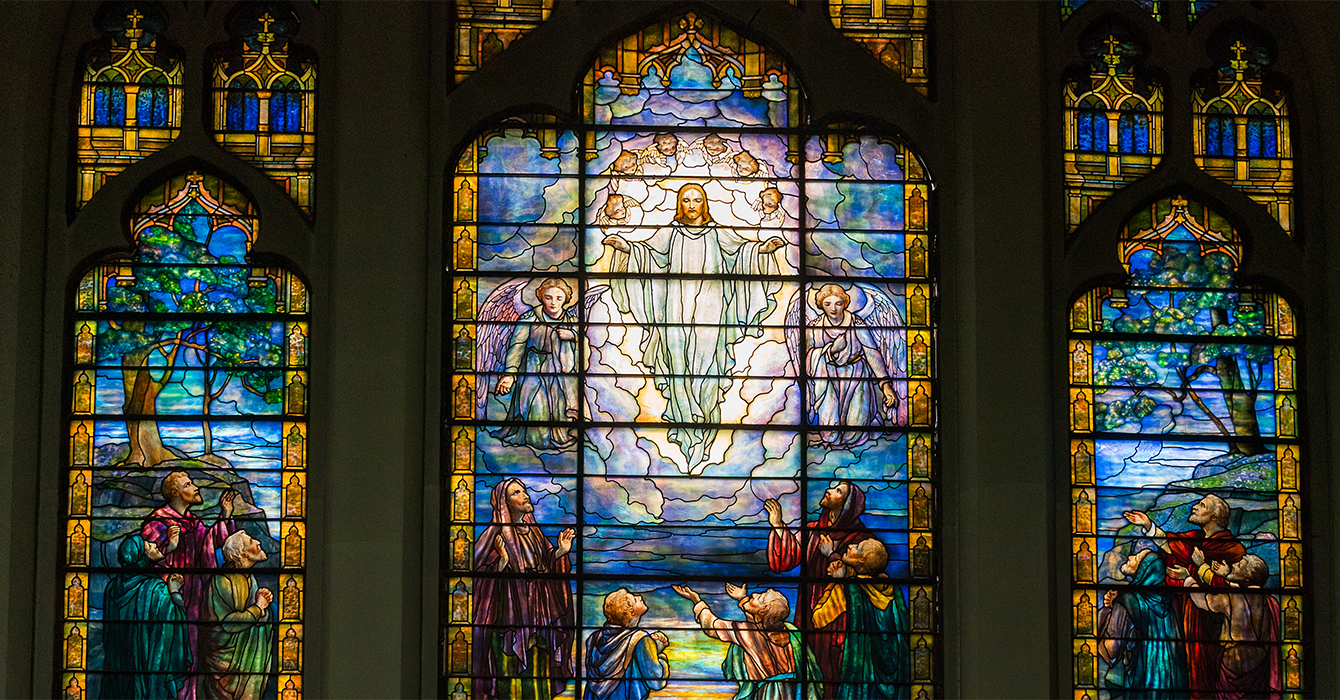
Rallying to create a community center
In the early 1990s, after years of decline, Calvary was on the verge of closing, and it was surrounded by a neighborhood that was struggling too.
White flight had shrunk the congregation and left a blighted community, of which the church was a part. The United Methodist Eastern Pennsylvania Conference put Calvary on the market, but nobody wanted to buy a building that seemed too far gone to save.
Bob Jaeger watched the scenario play out with deep concern. He was invested in Calvary’s future, not only as a resident of the neighborhood, but also as a co-founder of Partners for Sacred Places, a nonsectarian nonprofit that helps congregations and their communities care for older religious properties.
“We love the buildings as cultural landmarks, but we also see them as places where people are served,” Jaeger said.
The church got no takers, but two stained-glass domes in the sanctuary did. A Chicago collector bought the domes for $250,000 — “a song,” Jaeger said. The Tiffanys would be the next to go.
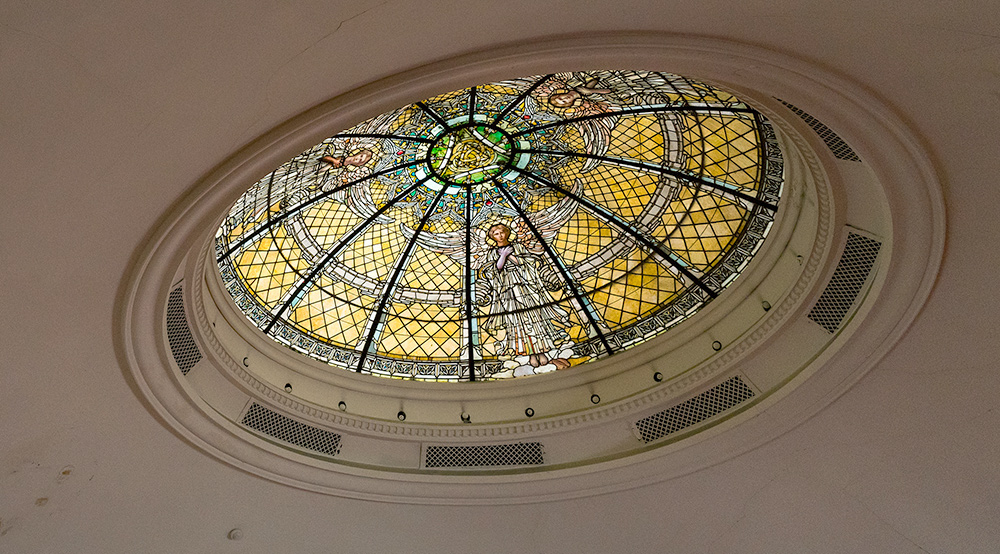
The prospect of the historic windows being sold off put neighborhood residents in an uproar. Kirk enlisted Jaeger, his next-door neighbor, to join the effort to stop the sale.
“I called the bishop and basically yelled at her for an hour, and she finally agreed to stop the process so we could sit down with the congregation and talk,” Kirk said.
“Rich gathered a group of sentries, parked them at the front gate and wouldn’t let anything bad happen,” said Krapf, who came to Calvary in February as a consultant from the Nonprofit Center at LaSalle University, which helps nonprofits manage, operate and govern themselves.
“That meant changing the thinking from, ‘We need this, we need that’ to, ‘How can you be of service to your community in an authentic way?’” she said.
But the multiracial congregation was leery. Plenty of Black members were mistrustful of the white neighbors who all of a sudden wanted to get involved.
“The hardest part was building trust for the church that had basically given up,” Jaeger said. “Most of the neighbors who came forward were white, so you can imagine that dynamic. And we were saying, ‘We’re not trying to take advantage; we’re not trying to control. We’re just trying to be helpful.’”
After a lot of discussion, Kirk realized that the congregation and the neighbors wanted the same thing.
“We didn’t want to see it torn down; we didn’t want to see it sold. We wanted it to stay a church, not a church museum,” he said.
They also wanted community space.
“There was no such thing as a community center in this neighborhood. We needed a space for nonprofits and for groups that couldn’t afford space on the main avenue storefronts,” Kirk said.
A thriving center — until the pandemic
In time, things started to jell. The neighbors formed a friends group, which ultimately became the community nonprofit. The Chicago stained glass collector agreed to return the domes and was so impressed with what Calvary was doing, he gave the group $60,000 in the mid-90s to help restore the church tower and roof. The domes remain stored in crates, waiting to be reinstalled.
Neighborhood residents helped clean out the church. Partners for Sacred Places helped it secure regional and state grants to make improvements to the building.
“The building was basically unusable,” Kirk said. “It was raining inside all over the place, and there was junk from the floor to the ceiling. They were trying to sell the building, so they weren’t even trying to do anything about it. They had been trying to sell it for three years at that point.”
Finally, it was ready for occupancy. “We said, ‘Who wants to come here and rent space?’” Kirk said. “And people started to come.”
Jaeger saw the benefit to all the players involved.
“I think Calvary helped the neighborhood get stronger,” Jaeger said. “People wanted to move in and repair their homes, and new businesses started coming in.”
Curio Theatre Company was one of the church’s first tenants in 2004. “Rich was so enthusiastic, it was impossible to say no,” artistic director Kuhn said.
How do you respond when people agree on a mission but disagree about how to pursue that mission?
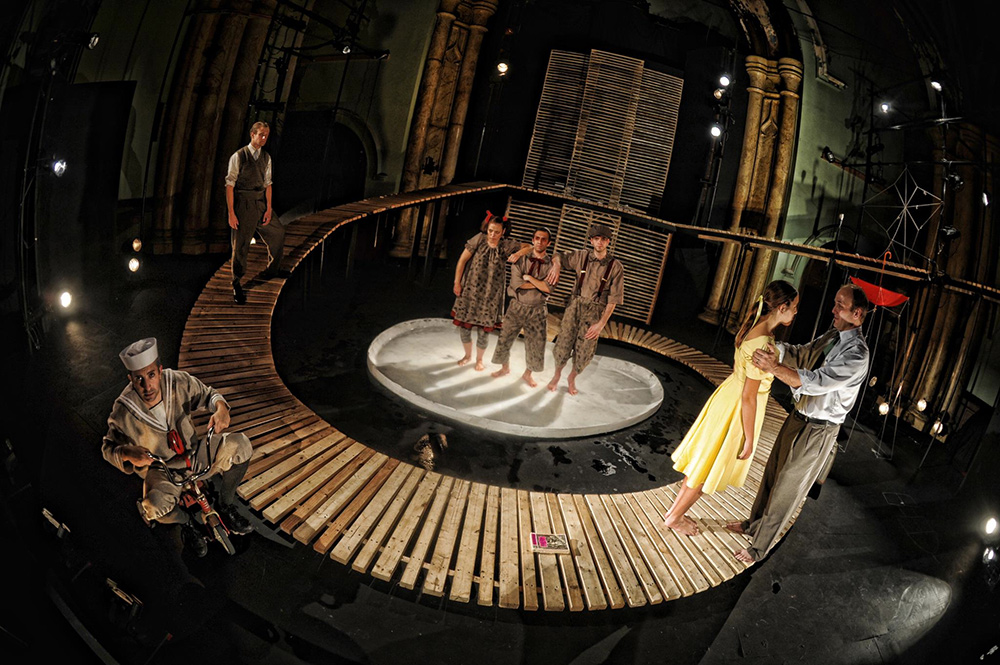
By the mid-2000s, the building was teeming with educational, social justice and arts groups. Curio created award-winning productions and sets “that would knock your socks off,” Krapf said. There was even a community radio station.
But what really set Calvary apart was that it was the only nonprofit space in the city that housed four different religious congregations under the same roof — Jewish, Mennonite, Muslim and, of course, Methodist. Kol Tzedek, a Reconstructionist synagogue, was founded at Calvary. It grew to become the biggest congregation in the building.
By this time, Kirk had become a member of Calvary and sat on its trustee board. He remembers one year when all four congregations celebrated the Muslim observance of Ramadan together.
“We filled the fellowship hall with about 150 people. … I couldn’t believe what I was seeing. I just cried. It was one of the highlights of my life,” Kirk said.
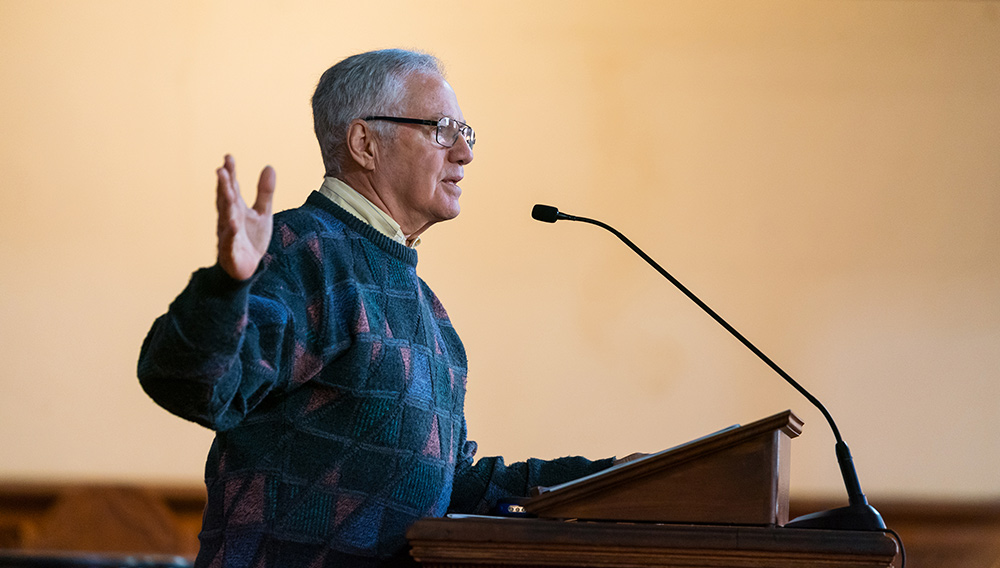
But those unifying experiences were rare. Scores of people would go in and out of the building every day, having no idea who the other people were. Plus, Kol Tzedek was growing and wanted to use more and more of the building — space that Calvary wasn’t able to accommodate. The congregation has since moved.
Not only that, the building was still in bad shape. It had no air conditioning system and no reliable furnace. The kitchen was close to unusable. And the roof in the sanctuary still leaked.
And then there were the Tiffanys.
“The gables over the Tiffany windows were leaning out into the streets,” Kirk said. “We had to tear those gables down stone by stone and put them back together again. That was a half million dollars right there.”
If the building’s problems exhausted most of Calvary’s funds, the COVID pandemic broke the bank.
“The pandemic killed almost every lease they had,” Jaeger said. “Almost all of the tenants they had are now gone.”
Envisioning an arts-centric space
Today, Calvary is in the process of reimagining what a successful, self-sustaining church and community center would look like. Krapf was brought on to help figure out a professional, administrative structure, because Calvary, run primarily by volunteers, had never had one.
“We need an architect, an engineer or a developer on our board,” Krapf said. “We need someone to take over as a treasurer. We don’t have an attorney. The board needs to be doubled, if not more.”
A proactive, experienced board would add the kind of expertise and communication that successful nonprofits take for granted. For example, Calvary never thought to create its own database.
“We just sent our first eblast ever,” said Krapf, who added that there are plans to distribute a monthly newsletter, highlighting an organization every month.
In the past, Calvary depended on members of the church’s trustee board or willing volunteers to assess or even try to repair whatever needed fixing.
“If a stone fell from the tower, I’d go up and try to fix it. I’m not qualified to do it — I’m terrified to do it — but I’d do it,” said Kuhn, of Curio Theatre.
While Calvary is home to 17 nonprofit, civic and faith-based programs and organizations, the center has never recaptured the robust energy — or the rent — it enjoyed before the pandemic.
Following the lead of Curio Theatre Company, its longest and most loyal tenant, Calvary intends to be an arts-centric space celebrating Philadelphia’s vibrant diversity. But that requires a broader outreach effort.
Sky Coleman took over as the center’s director of operations in November. A Philadelphia native, Coleman grew up in West Philly, west of 52nd Street, a part of the community that was benignly ignored by Calvary. It’s an oversight Coleman intends to correct.
“Growing up, I lived in a predominantly Black neighborhood,” she said. “I do think that side of the community can’t be isolated.”
She remembered thinking Calvary was only a church when she walked through the neighborhood. “I was like many people in West Philly — I didn’t know what the building was,” she said.
What are the challenges in transitioning from a group of well-meaning volunteers to professionals?
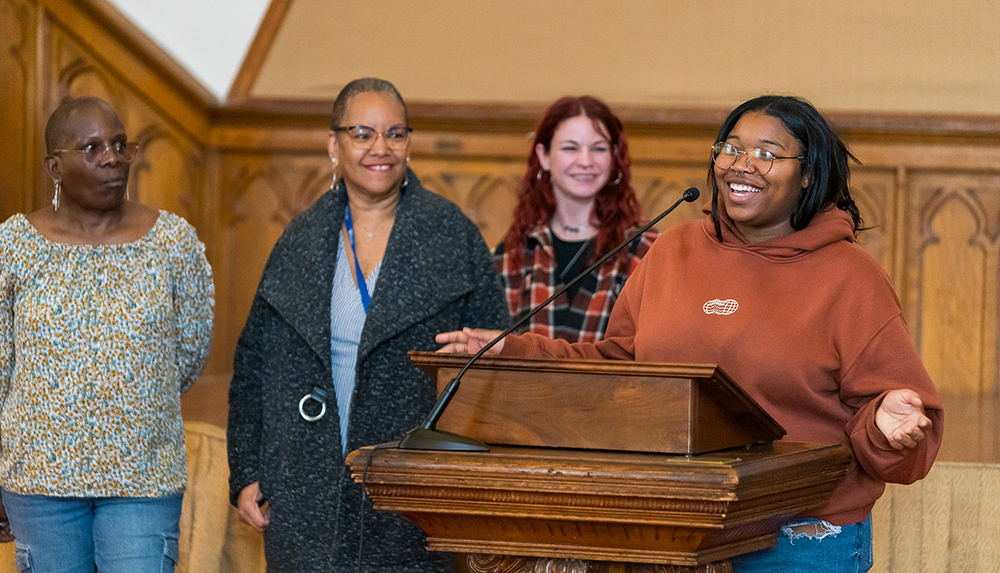
Coleman wants to change outsiders’ perceptions of Calvary being “only a church.” Her most important priority, she said, is to engage all community members through broad outreach efforts to let them know what happens inside the building and find out what their needs are. In December, the center invited neighbors to a meet-and-greet with the board.
“I want to stop hearing that the community doesn’t know what’s happening here,” she said. “I want our neighbors to feel included. I want them to know that Calvary welcomes them and their ideas.”
How does your community perceive your church or organization? Is it accurate or do you want it to change?
‘It’s still not easy’
Calvary has the luxury of sitting in a neighborhood that has gentrified economically. Cedar Park has always been racially diverse, but now houses in the immediate neighborhood sell for as much as $1 million, and the congregation hopes that neighbors who have the financial capacity to do more for the church and the center will do so.
But it’s a big ask. Division between the congregation and the longtime neighbors, some of whom sat on the community center’s board, over what to do with the Tiffany windows has become a source of ongoing consternation.
The congregation argues that selling the Tiffanys would help solve its financial woes once and for all. Krapf said they were valued at $2.5 million a decade ago. She stresses that there are no plans to sell the windows while acknowledging a tension between the dreams of the current occupants — such as improving the kitchen to train people coming out of prison — and those of the original builders.
“At one point in the history of the Methodist Church, opulence was important. Wealth was important. Today, service to the community is the only thing that’s important,” Krapf said. “We don’t need fancy windows to do that.”
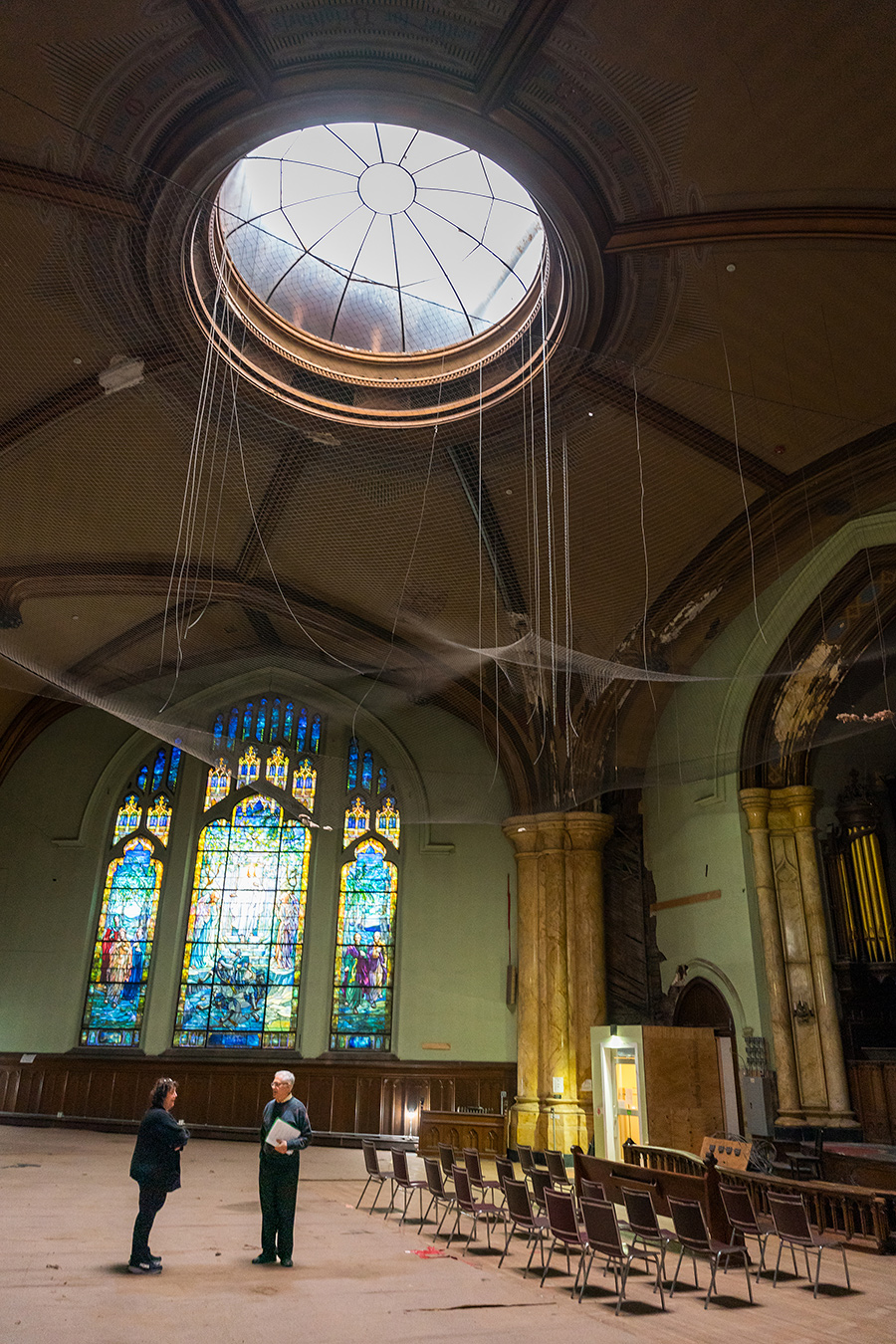
But it won’t be that simple. The congregation continues to play catch-up; as they solve one problem, another difficulty emerges.
In May, the Philadelphia Historical Commission proposed that Calvary be listed on the Philadelphia Register of Historic Places. If approved, it will mean that any proposed improvement to the building must go through the commission.
“They have very strict specifications about having to replace everything the way it was,” Kirk explained. “So it adds a whole layer of negotiation that we don’t have the resources to deal with.”
Money woes continue. While Calvary raised $106,000 to match $100,000 it received from the National Fund for Sacred Places to put into a brand-new HVAC system, it also must pay for increased insurance premiums, which cost the church and UMC Conference $92,000 per year. They have a $500,000 grant to install a new roof and skylights but can’t do the work until they raise the final $35,000 for a $72,000 engineering study required to get the needed permits.
Calvary hopes that a Nov. 3 fundraising benefit to honor Kirk will help raise the money for the engineering study.
To be sure, the story of Calvary is a cautionary tale.
“When we talk about our work around the country, we tell the Calvary story. It’s not like it’s some privileged church that is happy, happy, happy. They’ve done a lot of right things, but it’s still not easy,” Jaeger said.
Not easy, no. But Coleman believes that Calvary can be the beacon for the community it once was.
“I’ve grown to love this place,” she said. “I love to talk to people and teach them about this place.”
Questions to consider
- What does physical and spiritual abundance mean in your context?
- What aspects of your organization are a blessing and a curse? How could you cultivate the blessing?
- How do you respond when people agree on a mission but disagree about how to pursue that mission?
- What are the challenges in transitioning from a group of well-meaning volunteers to professionals?
- How does your community perceive your church or organization? Is it accurate or do you want it to change?

